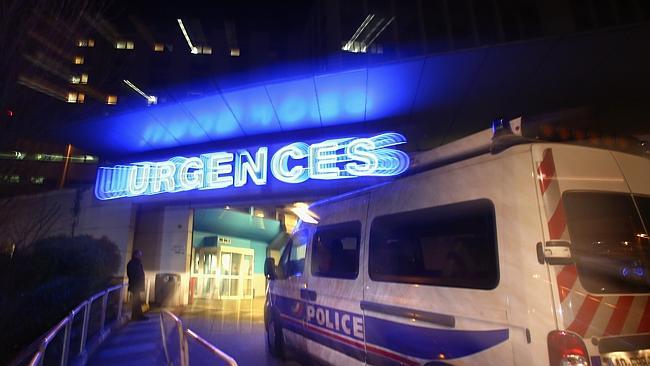Schumacher treatment achieves success rate of less than 50pc
THE days ahead are key for Michael Schumacher as doctors battle to keep the swelling in his brain under control.

THE coming days will be crucial for Michael Schumacher as doctors battle to keep the swelling of his brain under control. Everything from death to a full return to health is still possible, but the statistics are stark: less than half of patients in his situation make a good recovery.
"Prognosis is hugely variable - in many patients it's the extent of damage to nerve fibres that determines the ultimate outcome," said David Menon, honorary consultant in neurocritical care at Addenbrooke's Hospital in Cambridge, England. "He's getting complex medical management and he's in a very good centre."
When Schumacher arrived at hospital, the first priority was to remove blood clots from his brain. "While this requires the expertise of a skilled neurosurgeon, we've known the treatment for such blood clots for a hundred years - make a hole in the skull and take it out," Professor Menon said.
Now Schumacher is being helped by more recent advances: doctors sedate him as they tried to lessen the swelling of his brain and minimise the chance of damage as it presses against the skull.
"Treatments they might use could be to drop his temperature, give him concentrated salt solution intravenously to draw water out of the swollen brain, and reduce the amount of carbon dioxide in his blood, to cause constriction of blood vessels and hence make room for the brain to swell," Professor Menon said. "It's about doing a lot of little things very well."
Yet getting the balance right is complex as, for example, too low a carbon dioxide level can cause brain blood vessels to become dangerously narrow and reduce oxygen supply to the brain. "We have to recognise these are desperate remedies and they have side-effects," the professor said.
Swelling can continue to worsen in the few days after an accident and if it does, doctors may have to remove part of the skull to help to relieve the pressure.
The success of their efforts may not be known for some time. "Very often the process of recovery can take months or years to declare itself," Professor Menon said.
CAT scans can show whether damage is light or catastrophic, but they are less good at assessing crucial damage to nerve fibres. "The brain is different because it's all connected. It's like the telephone exchange in a city being destroyed - it simply won't work."
Doctors said Schumacher was in a coma on arrival at hospital. Professor Menon said: "If you are unconscious on arrival at hospital, then your chances of a favourable recovery at the six-months stage are, on average, probably less than 50 per cent."
About 20 per cent of patients die within six months and a similar proportion can function more or less as before the accident. "I've known people who have gone back to full-time work as academics and computer designers, for example." As a fit, healthy former athlete, Schumacher is better placed than most to recover. "His biological age is probably much younger than his years would suggest, and if you're young, you have a fitter heart, fitter lungs and more physiological reserve," he said.
Many others will be left with some disability - a "favourable" recovery describes anyone who is able to care for themselves even if they cannot work. Up to a third of patients also suffer depression, and Professor Menon said doctors were still trying to understand the long-term psychological effects of brain injury. "It may be that you go back to work but you're not quite the person you were," he said.
THE TIMES


